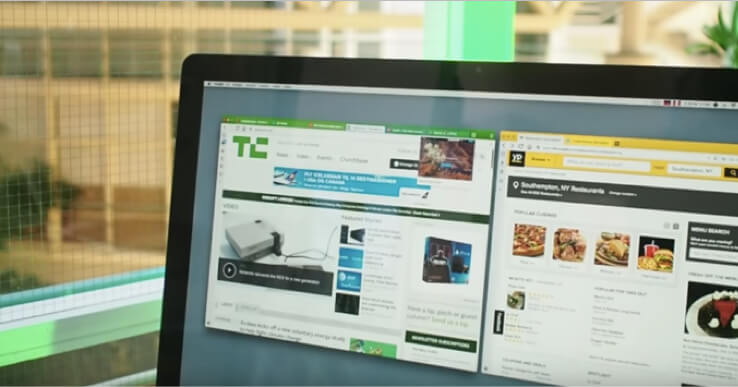Every month Microsoft releases security updates on the second Tuesday of the month in order to remove security problems in the installations of the Windows Operating System. January 9th was no exception, but this time there was a problem. One of the updates (KB5034441) […]
Category: Security
Ars Technica’s privacy-invading Privacy Policy update
Ars Technica is one of the major technology news sites I follow, as it carries a lot of interesting stories about computer, general technology, and science news. Last week, however, reading the site became much more difficult. In relation to the California Privacy law […]
Sophos: An update
Two weeks ago I posted an article about the occasional problems of getting false positives in security software fixed, and specifically about our recent problems when trying to solve a problem related to a Sophos security product. A user had reported being prevented from […]
The problem with unsophosticated customer support
False positives causing a legitimate application to be blocked is a common problem with security software, and if not handled properly and quickly, it is one that could hurt, or even destroy a security product’s credibility, or in the worst case, the credibility of […]
Secure online X-mas shopping? Big stores encrypt, the corner-store doesn’t
Encryption usage by Norwegian online shopping sites (2016 edition) Over the past several years I have performed occasional surveys of Norwegian shopping sites and their use of encryption. I decided to limit my surveys to Norway, because I concluded that limited knowledge would make […]
There are more POODLEs in the forest
In December it was announced that several TLS server implementations were affected by a problem similar to an SSL v3 issue called POODLE disclosed by Google researchers in October. This attack worked by modifying the padding bytes of the encrypted SSL/TLS records that are used to […]
The POODLE has friends
In October last year, researchers from Google published details about an attack on SSL v3, called POODLE. This attack worked by modifying the padding bytes of the encrypted SSL records that are used to make the records into even multiples of 8 or 16 byte […]
Usikker registrering av persondata i mange nettbutikker
[Apologies to my English language readers, as this article mainly concerns encryption in Norwegian online shopping sites, I decided to write it in Norwegian] Jeg har ved at par tidligere anledninger undersøkt bruken av kryptering av norske nettbutikker, sist i 2013. Konklusjonen begge ganger […]
Not out of the woods yet: There are more POODLEs
As I wrote in my previous article about this, in October a group of Google security researchers had discovered a problem, called POODLE, in SSL v3 that in combination with another issue, browsers’ automatic fallback to older TLS and SSL versions, allowed an attacker […]
Attack of the POODLEs
Three weeks ago a group of researchers from Google announced an attack against the SSL v3 protocol (the ancestor of the TLS 1.x protocol) called POODLE (a stylish abbreviation of “Padding Oracle On Downgraded Legacy Encryption”). This attack is similar to the BEAST attack that […]
